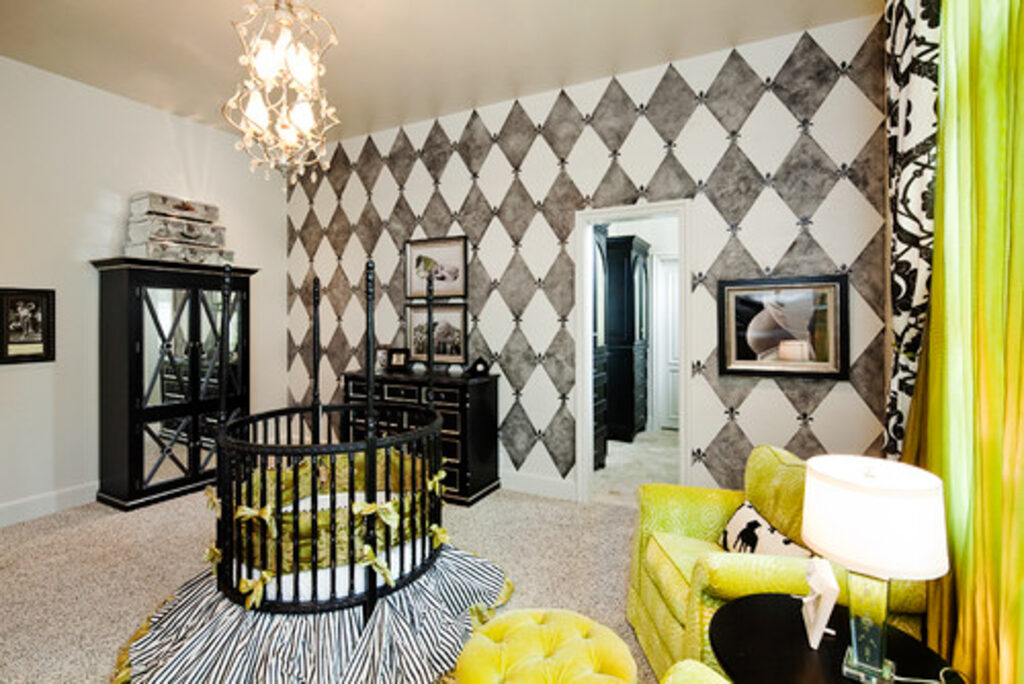Weatherproof Elegance: Clear Coating Faux Concrete Wall Panels
Hand carvings and stamps can create concrete surfaces that resemble to brick, stone or wood. Learn how to mold, texture and color concrete to reproduce the real-world rock patterns to create waterscapes.
Find out about the most popular designs from the era you’d like to replicate. It will assist you in choosing the right colors and designs that will evoke emotions and features.
Rustic and vintage concrete finishes
Concrete is most well-known as a construction material however, decorative finishings also add a unique dimension to this material. The versatility of concrete allows it to form into an array of designs.
The country-style charm of rustic, ranch and farmhouse styles can be enhanced by concrete that is colored with earthy tones, and has rough textures. Concrete is a great option to “antique” surface surfaces including patios and terraces.
Apply faux concrete paint with a mix of plaster made of Paris joints compound and stucco patch, to create an aged, rustic look. Use a sponge or cloth to dip into this mix and apply it to your concrete objects in tiny areas applying the paint, then stippling. This process creates a mottled, uneven finish that resembles real concrete.

Versatile Design using Faux Concrete Aged
Concrete wallpaper is easily cleaned and it is versatile for all rooms. Use it to add an industrial look to your bedroom or bring the appearance of a contemporary art gallery into your living room. You can also use it in commercial settings where a trendy atmosphere is wanted. The faux paint can be applied on pedestals, planters and spheres outside in order to create a vintage look.
Texture Replication and Aged Patina
A staining technique can give concrete an old-fashioned, rustic appearance that mimics the patina of wooden flooring. This aged appearance can be amplified by using colors that vary in intensity from pastel shades to dark saturated ones.
Concrete is a very fluid material that readily absorbs stain. In order to ensure stain stays longer the longest, it’s important to give concrete time to set before painting it by scratching or roughing it to allow paint to be able to adhere correctly.
Using a stippling technique can produce the look of concrete texture. To create a more bronze-like patina, add a bit of green into the stippling procedure since it can make the hue appear darker.
To protect the finish of your faux concrete wall from the harsh elements Clear coats can be applied. GT Refinishers recommends using a non-toxic, water-based polyurethane product like CRC 336 or Boeshield. Both of these products make use of volatile hydrocarbons (alpha-alpha analiphatic) in place of aromatic chemicals like benzene. Both are more harmful to the environment.
Cost-Effective Vintage Design Solutions
Fake concrete wall panels can be an economical option for adding an industrial look in any room. Also, they’re a great option to complete projects that are hard or impossible to accomplish without concrete.
This can aid you in designing and redesigning faster. It is possible to design faster and more efficiently. Ask for the feedback of an ensemble of designers who can help you, guide and encourage. Kittl can be a fantastic platform for this!
Paint colors should be layered to give an aged look. Keep in mind that older concrete has layers of color with blemishes, variations, and blemishes. Smooth the surface and then blend it with the help of a moist wipe. Repeat the process until happy with your results.
Fake Aged Concrete Applications and Tips
The dung cu tao hieu ung create modern industrial design as well as a straightforward DIY alternative. They can be put in many different settings like man caves, finished basements as well as garages. If you’re planning to paint a fake concrete wall, you’ll need to use a dry wipe to paint. This wipe will absorb the water from the paint as it blends the hues. If you’re using lighter colors, you should be careful not to get overly heavy handed. Old aged concrete comes with several layers of paint and texture and therefore, less is more. Utilize a dark base color that will let the lighter hues stand out.
